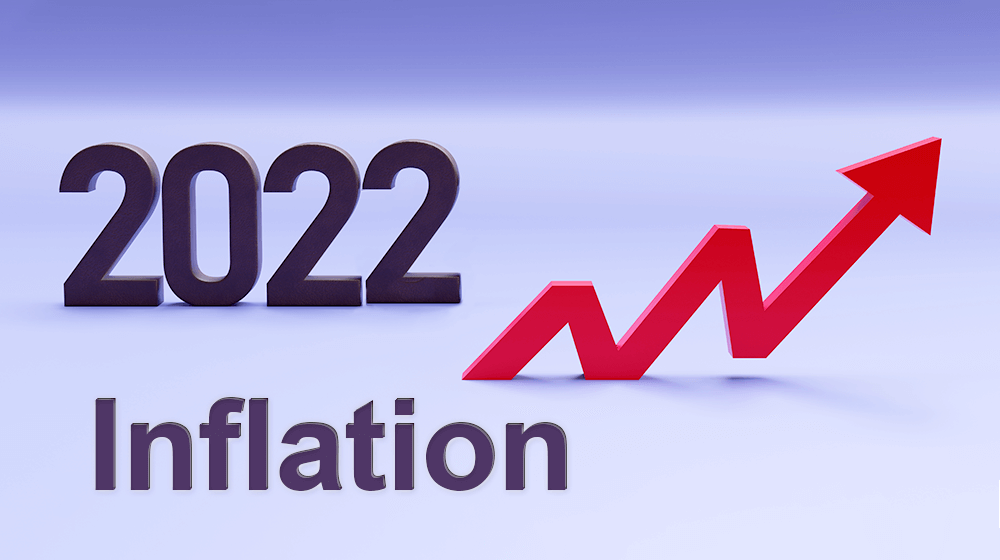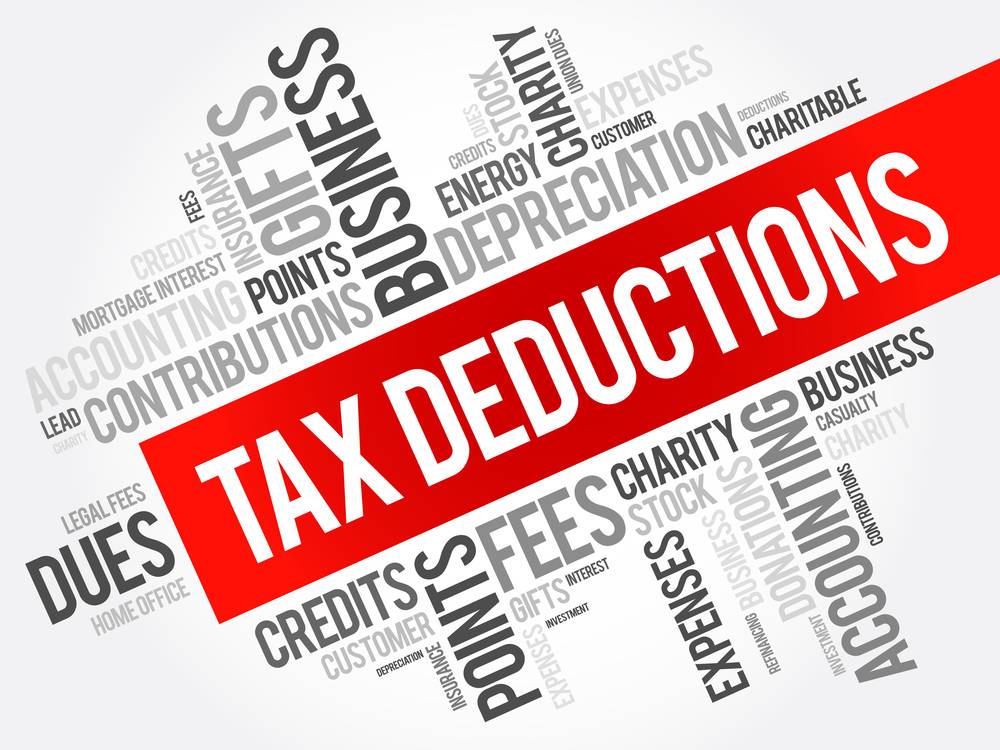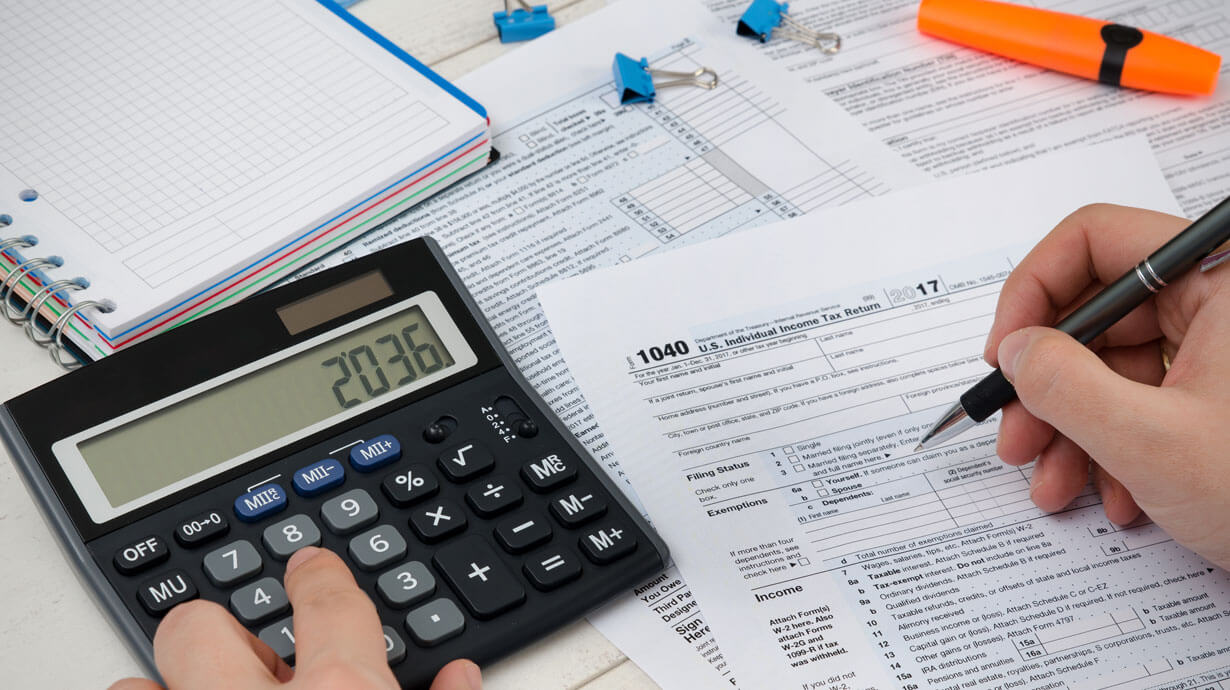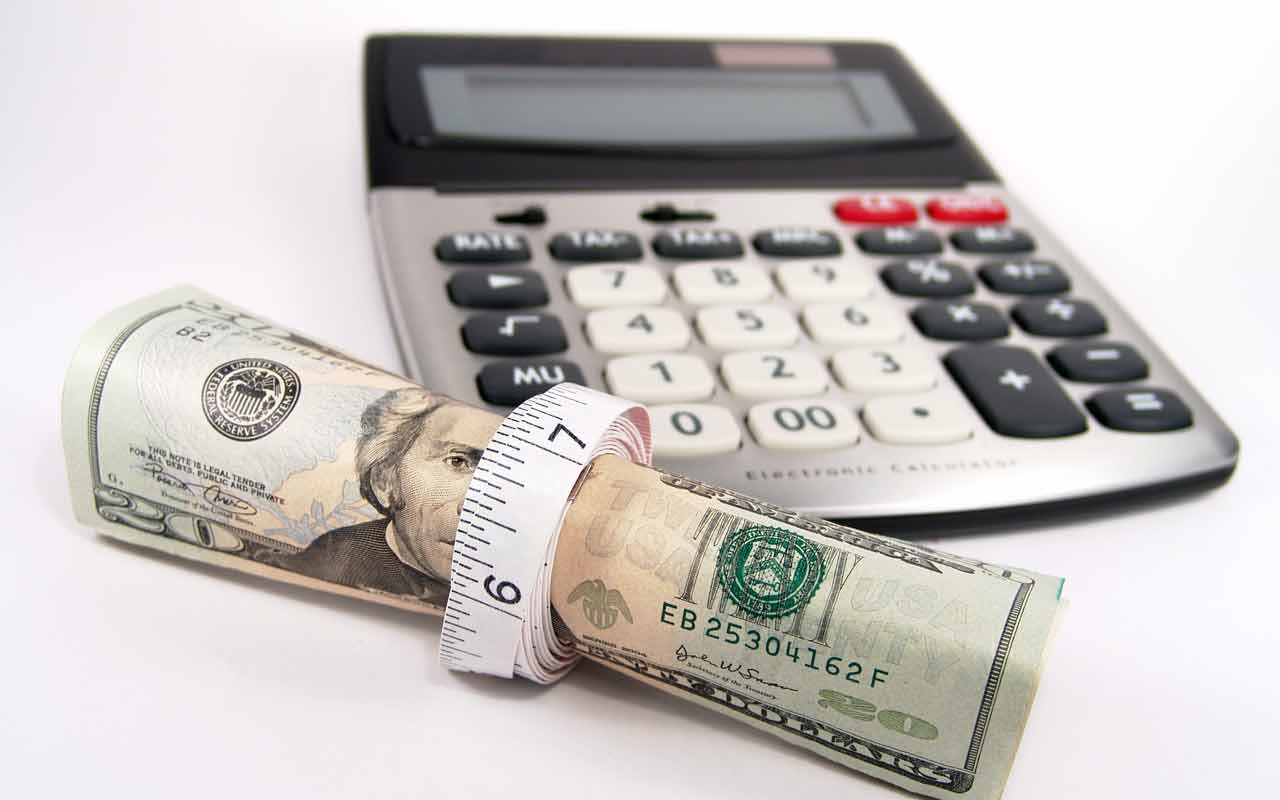Taxation Change News: The fourth budget of the Modi administration was given on February 1, 2022, by Finance Minister Nirmala Sitharaman. Since then, a lot has changed in the nation and the world, directly affecting the average person’s wallet. Russia attacked Ukraine just 23 days after the budget was announced, and the conflict that ensued between the two nations is still ongoing.
But this battle caused problems for the entire world. The cost of every other commodity, including crude oil, increased dramatically. Food and beverage costs soared, notably for wheat and cooking oil. Additionally, India noticed its effects. The rate of retail inflation in April 2022 was 7.79 percent. and then continued to be over 7 percent for months.
Inflation in 2022
The price of everything increased, including cooking gas, fuel, and PNG-CNG. The Reserve Bank of India started making loans expensive once the rate of inflation increased, which led to an increase in consumer debt. First, inflation was a problem for the average person, and then the banks increased the EMI’s cost by 5–6 times. As a result, every household’s budget has gotten worse. In such a circumstance, the taxpayers’ attention is focused on the fifth budget of the Modi government’s second term. It is unclear if the Modi administration will lower the tax rate in order to provide assistance to taxpayers.
Tax relief exceeding Rs. 5 lakhs is not advantageous.
The stakeholders urged that the Finance Minister lower and rationalize the tax burden on regular taxpayers during the meeting with them regarding the budget.
At the moment, income up to Rs 2.50 lakh is tax-free. However, income from Rs 2.50 to Rs 5 lakh is subject to a 5% tax. Under regulation 87A, the government offers a tax credit of up to Rs 12,500 to those whose income is less than Rs 5 lakh. In other words, people whose taxable income is less than Rs 5 lakh are not subject to taxation.
Corporate relief but an expense for taxpayers
For instance, if a taxpayer has a taxable income of Rs. 7 lakh, he must pay a tax of Rs. 52,500; if taxable income is Rs. 12 lakh, tax is payable in the amount of Rs. 1,72,500. In reality, after paying 5% tax, taxpayers must immediately pay 20%. There is no 10% intermediate tax bracket. The need to rationalize the tax slabs stems from this. In 2019, the government decreased corporate rates, but it did not provide any assistance to regular taxpayers. Inflation has been a problem for taxpayers since the Corona era in recent years.
Read More: EPFO users can now withdraw funds from their PF account without UAN number
| |
 Facebook Page Facebook Page | Click Here |
 Twitter Twitter | Click Here |
 Instagram Instagram | Click Here |
 Google News Google News | Click Here |







